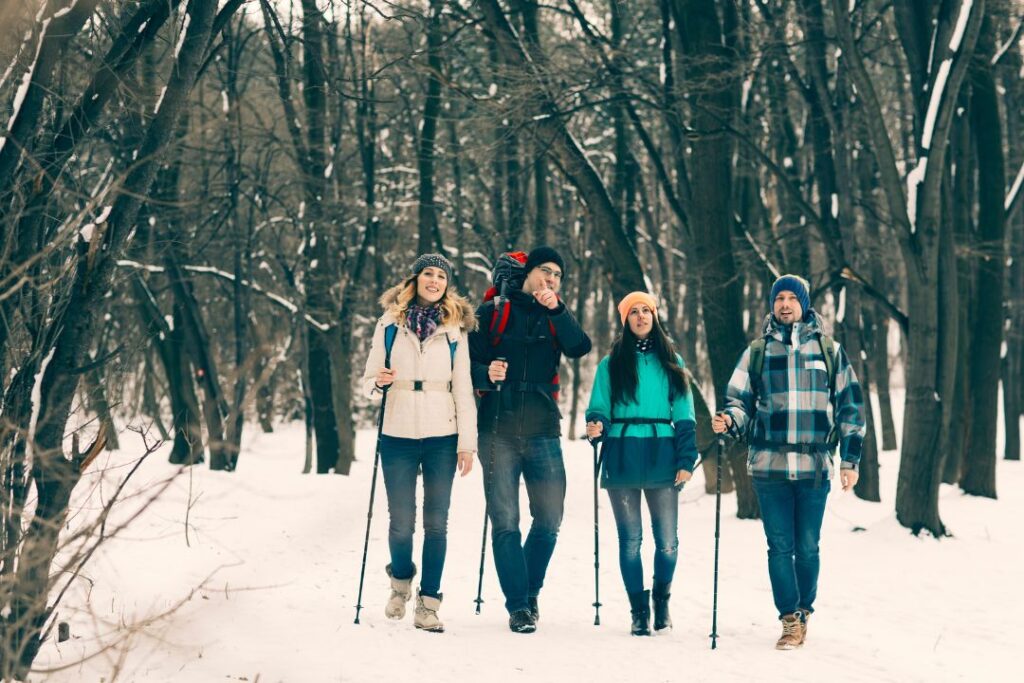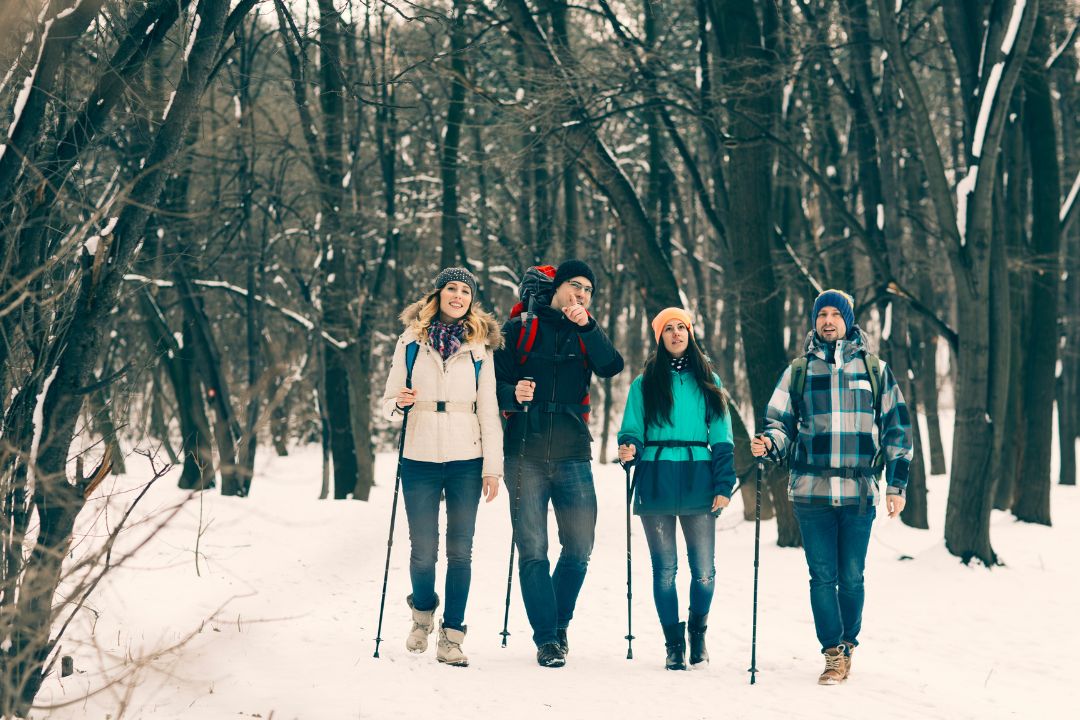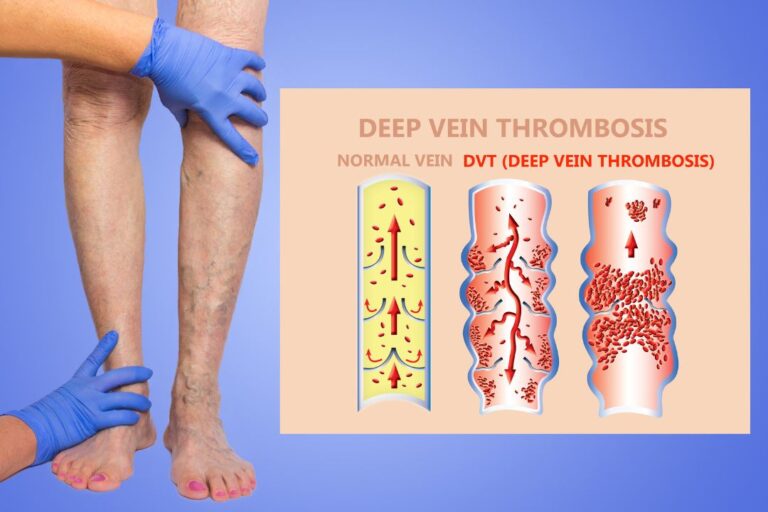Winter Activities for Circulation: Boosting Vein Health in the Cold Months
 Embracing Active Living During Winter for Vein Health
Embracing Active Living During Winter for Vein Health
Winter often conjures images of cozy indoor retreats, but it’s also a crucial time to focus on maintaining and enhancing vein health. Despite the cold, engaging in winter activities offers unique and effective ways to boost circulation. This article explores the importance of staying active during the colder months and the various winter activities for circulation activities that can help support healthy veins.
Understanding Circulation in Cold Weather
The Body’s Response to Cold
The human body’s response to cold weather includes a natural process called vasoconstriction, where blood vessels narrow to conserve heat, which can impact circulation. This response, while helpful for maintaining body temperature, can strain the veins, particularly in the extremities. Understanding this physiological change underscores the importance of taking active steps to promote circulation during winter.
Outdoor Winter Activities and Their Circulatory Benefits
Fun and Fitness in the Snow: Skiing, Snowboarding, and Sledding
Skiing, snowboarding, and sledding are not just enjoyable winter pastimes; they also offer significant health benefits. The physical effort required in these activities, such as maintaining balance and moving through resistance, helps in pumping blood back to the heart. This active engagement of muscles is particularly beneficial for vein health, as it counteracts the effects of vasoconstriction.
Walking in a Winter Wonderland: Benefits of Brisk Winter Walks
Winter walks, though seemingly simple, are incredibly effective for circulation. The rhythmic nature of walking stimulates blood flow in the lower limbs, which is vital for preventing blood pooling, a common issue in colder weather. Regular brisk walks, even in short durations, can significantly enhance vein health and are an easy way to stay active during winter.
Indoor Exercises to Maintain Vascular Health
Yoga and Stretching: Circulation-Boosting Routines
Indoor yoga and stretching are excellent for maintaining flexibility and circulation, especially important in winter. Yoga poses like the Downward Dog or Forward Bend stimulate blood flow to different parts of the body, including the legs. Stretching routines that focus on the calves, thighs, and hips can also help maintain healthy veins.
Strength Training and Cardio Workouts: Keeping the Blood Flowing
Strength training exercises, particularly those targeting the lower body, are beneficial for vein health. Squats, lunges, and leg lifts, which can be performed with minimal equipment, help in muscle contraction and thus promote blood flow. Similarly, indoor cardio workouts like stationary biking or using an elliptical machine are great for keeping the heart pumping and blood circulating efficiently.
Winter Nutrition and Hydration for Optimal Vein Health
Dietary Adjustments for Cold Weather
Nutrition plays a significant role in vein health, and certain dietary considerations become more important during winter. Foods rich in vitamin C, vitamin E, and fiber support vascular health. Incorporating seasonal vegetables like squash, kale, and Brussels sprouts, and fruits like oranges and pomegranates can be particularly beneficial.
The Importance of Staying Hydrated
Hydration is crucial for vein health, as it helps maintain blood viscosity and proper circulation. In winter, people might not feel as thirsty, but maintaining adequate fluid intake is essential. Herbal teas, warm water with lemon, and hydrating fruits can be good options to stay hydrated.
Dressing Right for Winter Activities
Clothing for Warmth and Circulation
Choosing the
right clothing for winter activities is vital to maintain warmth without restricting circulation. Layering is key – starting with a moisture-wicking base layer to keep dry, adding an insulating layer for warmth, and finishing with a waterproof outer layer to protect against the elements. It’s essential to avoid tight clothing that can constrict blood flow, especially around the waist, legs, and feet.
Mental Well-Being and Vein Health
The shorter days and longer nights of winter can impact mental health, which, in turn, can affect physical health, including circulation. Strategies like light therapy for those with Seasonal Affective Disorder (SAD), staying socially active, and engaging in hobbies can help maintain mental well-being. A positive mental state supports overall bodily functions, including vascular health.
Safety in Winter Activities
Precautions for Cold-Weather Exercise
It’s important to take certain precautions when engaging in winter activities, especially for individuals with existing vein conditions. This includes warming up properly before any physical activity to prepare the muscles and veins, recognizing the signs of frostbite and hypothermia, and understanding personal limits to prevent overexertion.
Conclusion: Comprehensive Vein Health in Winter
The article concludes by emphasizing the holistic approach to maintaining vein health during winter. It’s not just about physical activity but also involves proper nutrition, mental health, and appropriate safety measures. Winter offers a unique opportunity to support vein health in various ways, and by embracing the season’s activities, one can maintain and even improve circulatory health.
FAQs
- What are some tips for those new to winter sports? Beginners should start slowly, choose beginner-friendly activities, and consider professional instruction for sports like skiing or snowboarding. It’s also important to listen to the body and rest as needed.
- How can I encourage elderly family members to stay active in winter for vein health? Suggest gentle activities like walking or indoor exercises that are low impact. Accompanying them or arranging group activities can also provide motivation and make physical activity a social event.
- Can indoor swimming be beneficial for vein health in winter? Absolutely, indoor swimming is an excellent low-impact exercise that promotes circulation without straining the veins, making it ideal for all ages, particularly for those with existing vein issues.







